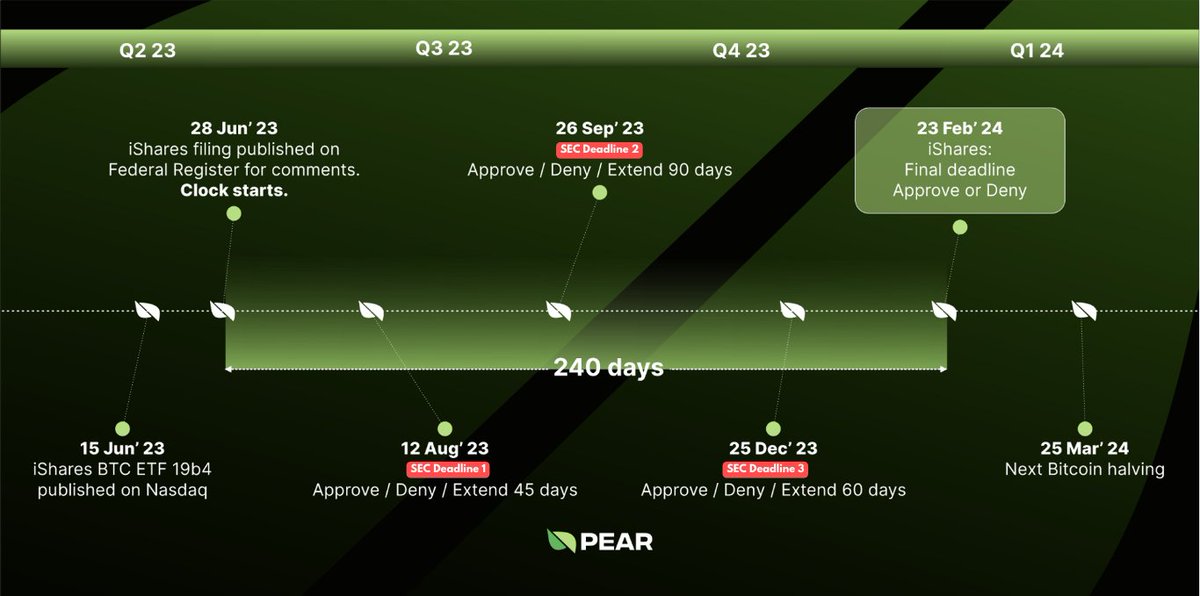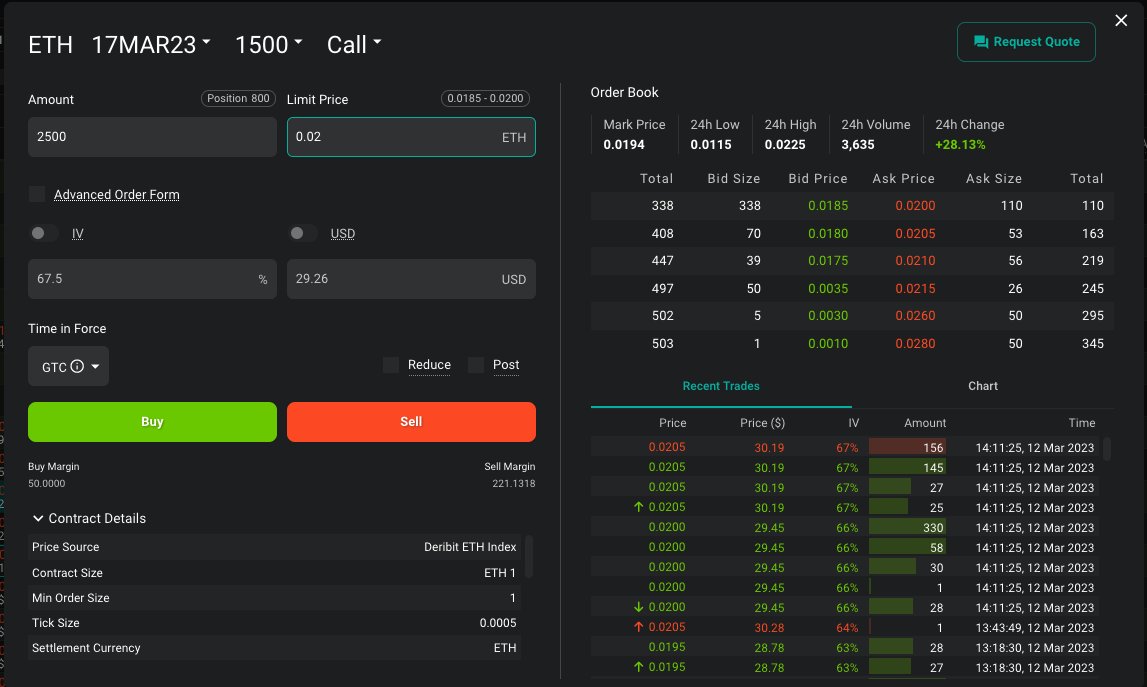FARMING UPDATE: 6 January 2022
Our portfolio has held up really well today, despite broader market volatility. We deployed any new capital into stables, with the exception of adding $LUNA at $75.
TL;DR : $1.392m / 406.9 ETH
Our portfolio has held up really well today, despite broader market volatility. We deployed any new capital into stables, with the exception of adding $LUNA at $75.
TL;DR : $1.392m / 406.9 ETH

1. Added 15E to the USDC/fUSDT LP on tarot.to. We did not leverage. The current 1x APR is 114% although it's dynamic. 



2. Added 10E to our USDC deposit on hundred.finance yielding towards the upper range of 32.46% since we have acquired veHND and staked in the hUSD gauge. Total deposit there $123,107 

4. Bought 5E of $CRV and staked on scream.sh at 8.85%. Didn't want to lockup as veCRV as it's a tactical long when market was distressed earlier. We also are keen to farm $SCREAM by using the platform. 

• • •
Missing some Tweet in this thread? You can try to
force a refresh




















